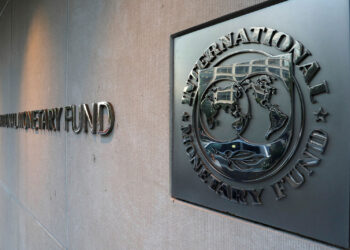In a move expected by many analysts, Peru’s central bank reduced its benchmark interest rate from 5.25% to 5% on Thursday, as reported by Bloomberg. This cut follows a steady decline in core inflation—a key metric that excludes volatile food and energy prices—which fell for the fourth consecutive month, reaching 2.5% in October. The bank’s action aims to strike a balance between stimulating growth and maintaining price stability, signalling confidence in the country’s economic resilience.
This reduction aligns with the central bank’s “neutral” rate position, suggesting the rate is set at a level that neither stimulates nor restricts the economy. Bloomberg reported that while some analysts expected this reduction, others had anticipated a hold, highlighting the complexity of recent monetary decisions in Peru. Policymakers have faced a challenging landscape this year, with multiple rate decisions surprising market expectations.
Peru’s inflation rate stands at 2.01%, well within the central bank’s target range of 1% to 3%. This low inflation rate contrasts with higher levels in neighbouring economies, allowing Peru to maintain relatively low borrowing costs, a competitive advantage for its growth outlook.
The central bank’s confidence in economic stability is bolstered by stronger-than-anticipated growth this year, with the government hopeful that GDP expansion will reach or exceed the projected 3% by year-end.
Next week, Peru will host an Asia-Pacific Economic Cooperation (APEC) summit, a high-profile event expected to support economic momentum. Additionally, the release of September’s economic data is anticipated to offer further insights into the country’s economic performance.
Bloomberg also noted a similar move by the U.S. Federal Reserve, which cut its key interest rate in a bid to maintain economic stability amidst shifting global financial conditions.
















